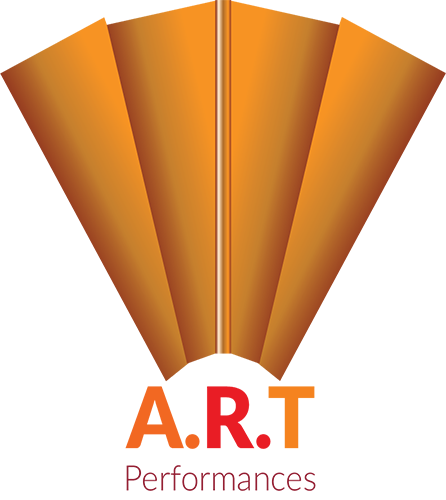The Australian economy may just avoid a second recession in as many years, but it will be touch-and-go because of the lockdowns in its two major cities.
Economists adjusted their forecasts for Wednesday’s national accounts after figures showed exports will make a bigger detraction from growth in the June quarter than had been expected.
Forecasts now centre on a modest economic expansion of around 0.3 per cent in the June quarter, heading into what is expected to a major contraction in the September quarter, due largely to the lockdowns in NSW and Victoria.
But Westpac senior economist Andrew Hanlan says risks remain to the June quarter outcome and appear to be “tilted to the downside”.
Two consecutive quarters of economic construction constitute a technical recession.
“No matter what the result is tomorrow, the exact number, it doesn’t change the fact that today, our economy faces some significant challenges,” Treasurer Josh Frydenberg told parliament on Tuesday.
Shadow treasurer Jim Chalmers said it already feels like a recession for many Australians.
“We already know that the economy is bleeding hundreds of millions of dollars a day and billions of dollars a week as a consequence of Scott Morrison’s failures on vaccines and quarantine,” Dr Chalmers told reporters in Brisbane.
Releasing its corporate plan for 2021/22, the Reserve Bank of Australia is sticking with its positive outlook beyond the current crisis.
“While recent outbreaks of the Delta variant of COVID-19 are interrupting the recovery and introducing a high level of uncertainty about the near-term outlook, the experience to date has been that once restrictions are eased, the economy bounces back quickly,” it said.
The RBA will hold its monthly board meeting next Tuesday.
Consumer confidence also crept higher in the past week despite record levels of coronavirus cases in parts of the country.
The weekly ANZ-Roy Morgan consumer confidence index – a pointer to future household spending – rose 0.2 per cent in the past week.
“The overall steady outlook may reflect the increasing vaccination rates across the country and the hope that this will eventually bring lockdowns and border closures to an end,” ANZ head of Australian economics David Plank said.
The Australian Bureau of Statistics said Australia’s balance of payments for the June quarter showed the current account at a record $20.5 billion off the back of strong bulk commodity prices, particularly iron ore.
But stripping out those strong price gains, net exports will detract 0.8 percentage points from the growth result.
Still, despite an uncertain outlook, Australians appear confident to load up with debt to buy a new home.
RBA data showed housing credit grew 0.6 per cent in July to 5.8 per cent annually, the strongest level since 2018.
Regulators have been keeping a close watch on lending against the backdrop of a housing price boom, but have seen no deterioration in lending standards.
At the same time, dwelling approvals fell by a further 8.6 per cent to 17,701 in July, but were still 21.5 per cent higher than a year earlier.
Approvals for private sector houses declined 5.8 per cent to 11,671.
“Since the unwinding of stimulus measures and the return of lockdowns across parts of NSW and Victoria, approvals for private houses have fallen 24.4 per cent from the record high in April,” ABS director of construction statistics Daniel Rossi said.


